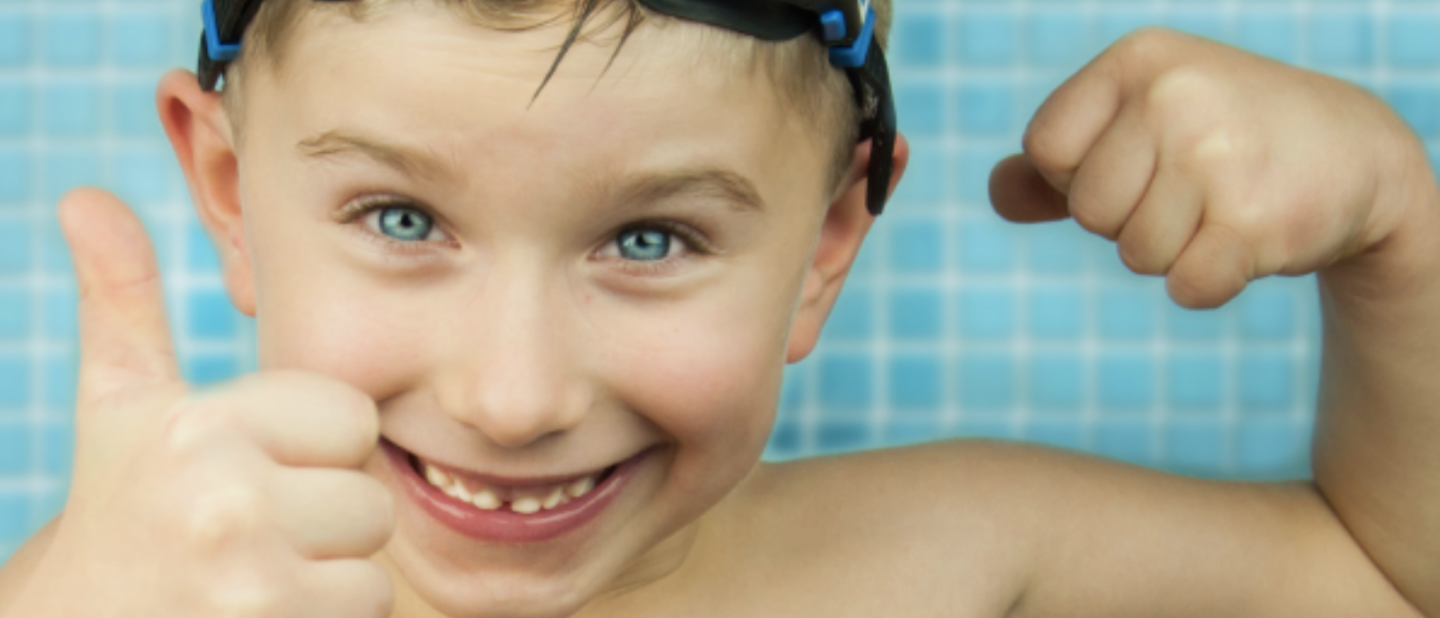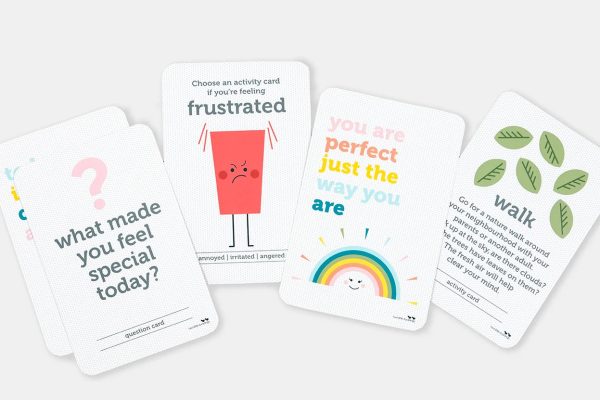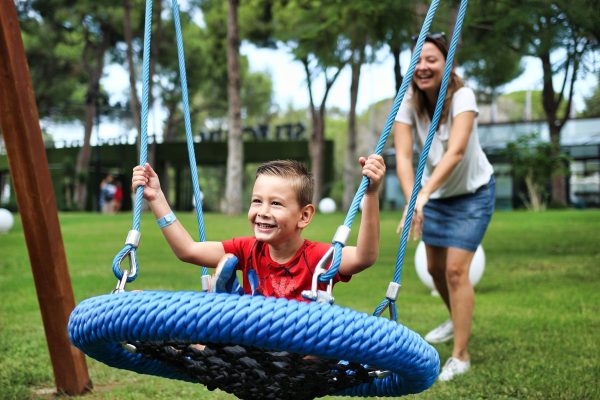
Getting back in the swim
With pools forced to close for extended periods of the pandemic, swimming lessons fell off a lot of parents’ radars. But learning to swim is a vital skill, especially for kids with disabilities, who are at an increased risk of drowning says Sharyn Loller.
Swimming is a potentially life-saving skill that every person needs. The benefits of swimming lessons to a child’s physical and cognitive development are well documented. But there is also the very serious reason why lessons are vital. Drowning is still the number one cause of accidental death for children under five and drowning stats are significantly higher overall for children since the pandemic, when lessons were forced to stop as pools were directed to close.
Swimming lessons should be inclusive for all, but given the nature of the pool environment, lessons are not always easy for kids who are autistic, have other neurological conditions like epilepsy, or are affected by physical or intellectual disabilities.
Challenges for children can include:
- Sensory issues with movement of the water, noise, the feel of the platform under their feet.
- Not wanting to be touched/supported by the teacher.
- Concentration issues.
- Communication difficulties.
However, lessons are certainly worth persisting with.
It is critical that all children, but especially those with disabilities, are exposed to safe water practices in swimming lessons from an early age and never swim alone.
THE HEIGHTENED WATER RISK FOR AUTISTIC KIDS
Some autistic children are particularly attracted to water environments and have little inherent sense of danger or threats. There can be a tendency to wander and to go in search of a retreat away from a stimulating environment, and water can offer a calm and quiet allure, which can prove deadly in the wrong circumstances.
Children with sensory issues often enjoy the sensation of the pressure of water on the body, preferring to be fully submerged, which again creates increased risk.
The latest figures from Royal Life Saving Australia show that autistic children are three times more likely to drown than neurotypical children – but this can be addressed through specialised learn to swim programs.
HOW TO INTRODUCE YOUR CHILD TO SWIMMING LESSONS
If you’re looking at staring your child in lessons for the first time, or returning to the pool, it can be understandably daunting for both child and parent.
Here are five tips to help all of you feel as comfortable and calm as possible:
1. Find a swim school that offers a free trial lesson. No child is the same and trial and error to work out the best approach for each child is required.
2.Try to find a swim school that has small class numbers. Not only does this create a less-stimulating environment, but it also allows the teacher to closely supervise and observe children, which is essential for kids with disabilities or challenges.
3. Visit the pool in the days leading up to the first lesson and even meet the teacher ahead of time.
4. Talk to your child about what is going to happen in the lesson. The teacher can provide some detailed information about this so nothing is a surprise on the day.
5. Keep an open line of communication with the teacher. There are lots of different things swim teachers can tweak that can make a big difference. Sometimes it’s necessary to move the child to a smaller class or introduce things like playing with a toy while waiting for their turn or being allowed to go under water on the platform while waiting for their turn to block out the noise.
Techniques used are very dependent on the individual child, so as long as there is lots of communication and you have an observant swim teacher, the right approach for each individual can be found depending on what their individual preferences and triggers are.
Many tools are available to assist swimming teachers to support children with disabilities to learn to swim including visual aids and the use of AUSLAN sign language related to swimming actions. These tools, along with a swag of understanding of behaviours and how to manage these in a positive way, will lead to a successful swimming lesson. It is important to work with the right teacher to get the best outcome for each student.
In some instances, it may help to build familiarity if the child watches a few lessons without participating, and in other situations, the teacher may recommend a few one-on-one lessons to settle the child into the routine of the class and understand the basic safety rules within the lesson (listening, staying above the water, staying on the platform etc).
For other children, one-on-one lessons may be required for a longer period or a support person may need to be engaged to accompany a child in group lessons.
The benefits of swimming lessons are many and include improved independence, building physical and emotional development, improvement in physical fitness and, of course, better water safety knowledge.
If, however, your child continues to be very distressed in a swimming lessons environment, take a short break for a few weeks and try again.
Sharyn Loller is a JUMP! Swim School owner and a qualified swim instructor of more than 30 years. She has previously won an Inclusive Swimming Award from the Australian Swim Schools Association for her work with autistic children, in particular. For more information head to: jumpswimschools.com.au
Read swimming lessons and the NDIS here.







